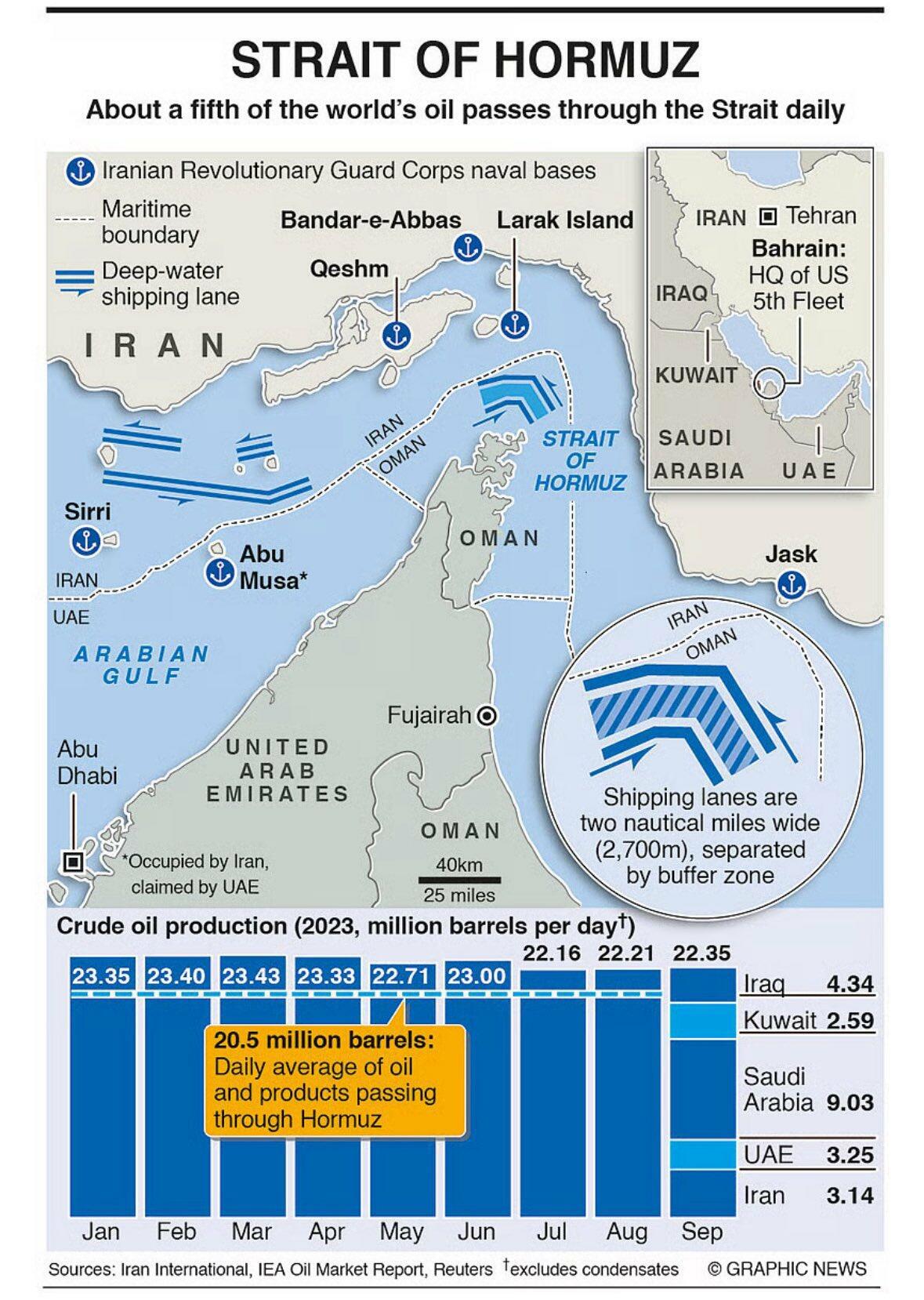High crime, cashless bail, failing education, gender dysphoria, failure to address mental illness – all of these things have many things in common: Narcissism, the “feel good” culture, the “participation trophy” culture, the “everyone is a winner” culture, the “ignore the white man’s law” culture, the "don't offend anyone" culture, and the “whatever you think you are – you are” culture.
In 2012 the American Psychiatric Association officially reclassified “Gender Identity Disorder”, a mental illness, to “Gender Dysphoria” which is simply the persons discomfort caused by the conflict between the belief/delusion and the prevailing cultural norms. This new definition requires the culture to accept delusion as ok – anything but a mental illness.
Over the past few decades, “participation trophies” had become a thing. Self esteem, no matter the level of performance, whether in school or in sports, became the highest value.
The criminal justice system has become ineffective, broken in many jurisdictions. In democrat strongholds, political leadership, law enforcement, district attorneys, and judges have adopted a hands off policy for enforcement and prosecution. Why? Because the constituents demand it. Who are the constituents? Aliens, both legal and illegal, majorities from non-European nations that don’t share western values, and poorly educated minorities. These people are organized by special interest, much better off leftists who want to gain power and influence in their local governments. They garner votes by pandering to the lowest common denominators of their constituents – go easy – no enforcement – minimal education.
The prevailing, attitude is that laws are unjust, too severe, create hardship. The mostly unspoken part of this attitude is a belief that laws are racist, or they are just too hard to follow. The truth: Constituents are just too uncivilized to follow the law. They prefer a participation trophy for existing. Society owes it to them. That is a large driving force in today’s culture.
Beware of AIs. I have six of them on my phone. Ask a question, and their first response is often superficial, as if reading a script off of CNN or ABC. They answer based on the low hanging fruit of liberal media and academia. You have to drill down several levels of follow-up questions for AI to finally arrive at logic and common sense. AI applies this technique to Gender Dysphoria to claim it is not a mental illness and should be accepted as whatever the individual believes it is. Press further, and eventually AI begins a pattern of circular reasoning.
AI applies this convoluted pattern to every other relevant topic, whether criminal justice, education, immigration, or gender issues. AI’s confusion is a reflection of our culture’s confusion.
Democrats personify this confusion. Leftists, criminal excusers, socialists, anarchists, and communists can no longer be called “fringe elements” of the Democrat party. They are mainstream in that party.
Democrats are leaders and promoters of the “feel good”, “participation trophy”, “you are what you think you are” culture. Are they doing this out of their academic wisdom, innate kindness or some other moral high road? I don’t think so.
Policies and actions that have such obvious negative results can’t have righteous motives. They are pandering to the lowest values of our society. The easy way. So easy that it makes one wonder if there isn’t something else behind them. Many believe this is the work of foreign ideologies, whether Mao’s or Lenin’s, to weaken and destroy our nation. Others believe there are dark, spiritual forces at work. Or is it just human nature craving the “easy way?”
Most likely all three.






 There are sheep (European nations) all around him that are trying to help, but are afraid and out-muscled. There are two hyaenas (Russia, the antagonist) and the United States, both after Ukraine for what it can offer, albeit for different reasons. The Don, in this case, is the second hyaena, who is after the spoils of Ukraine, the wounded animal. The wounded animal has little choice.
There are sheep (European nations) all around him that are trying to help, but are afraid and out-muscled. There are two hyaenas (Russia, the antagonist) and the United States, both after Ukraine for what it can offer, albeit for different reasons. The Don, in this case, is the second hyaena, who is after the spoils of Ukraine, the wounded animal. The wounded animal has little choice.